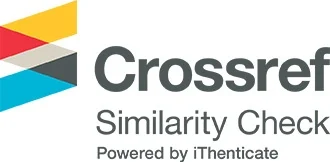The role of beta-adrenergic receptors in the mechanism of action of imipramine in forced swim test.
DOI:
https://doi.org/10.65137/lmj.v3i1.80Abstract
Noradrenaline (NE) is believed to play an important role in the pathophysiology of depression, and in the mechanism of action of antidepressant compounds. Reduction in central postsynaptic beta-adrenoceptors density has been shown to mediate the therapeutic long-term effects of antidepressants. In the current study, acute, sub chronic and chronic administration of either beta-adrenergic agonist (isoprenaline) or antagonist (betaxolol) alone or in combination with an antidepressant drug (imipramine) was used to investigate the role of beta-adrenergic receptors in the antidepressant effect of imipramine. Forced swim test was used as an acute model of depression. Data of this model suggested a strong relationship between the antimobility effect of imipramine and central beta-adrenergic receptors. Changes in β1-adrenergic receptor levels may mediate its activity in this specific animal model of depression. In conclusion, data of the present work suggest that the antidepressant effect of imipramine is most likely mediated at least in part by β1- adrenoceptor downregulation in mice exposed to forced swim test.









